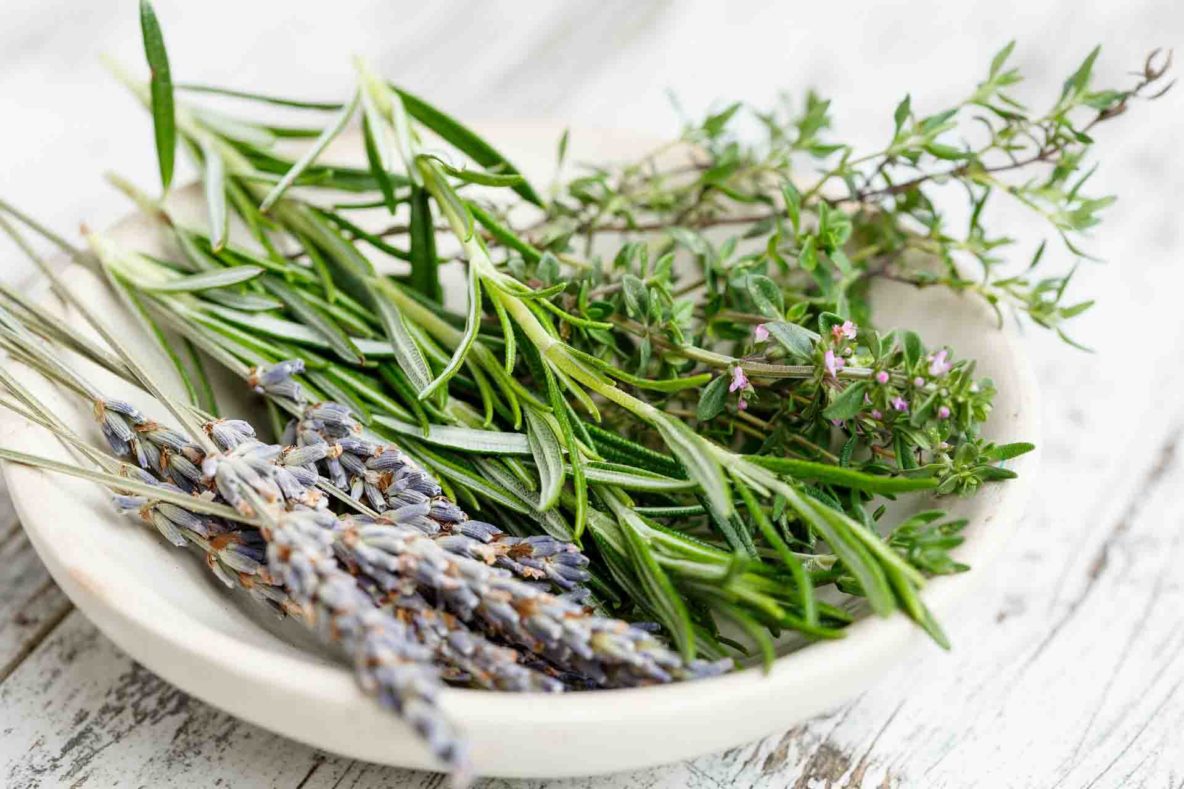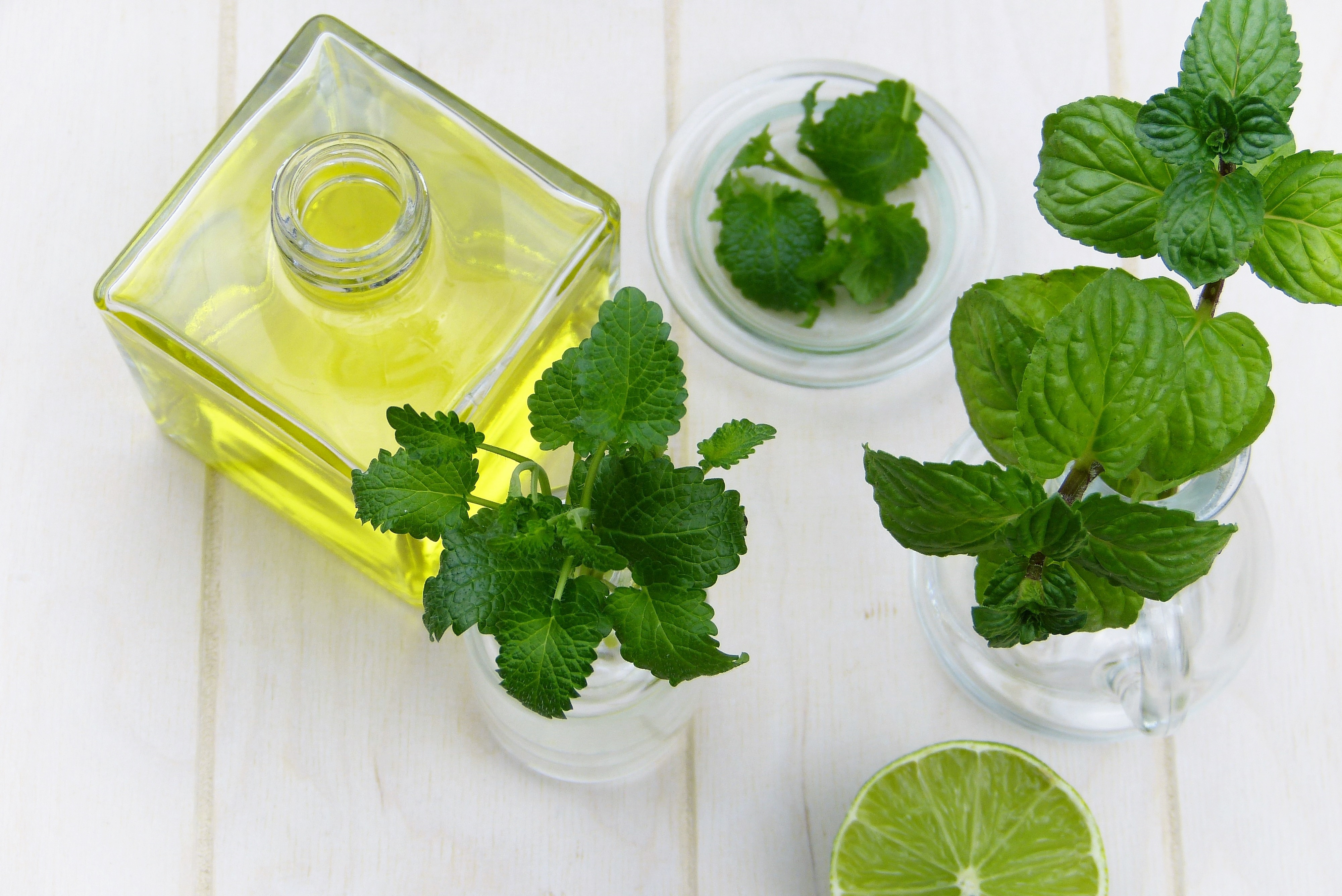
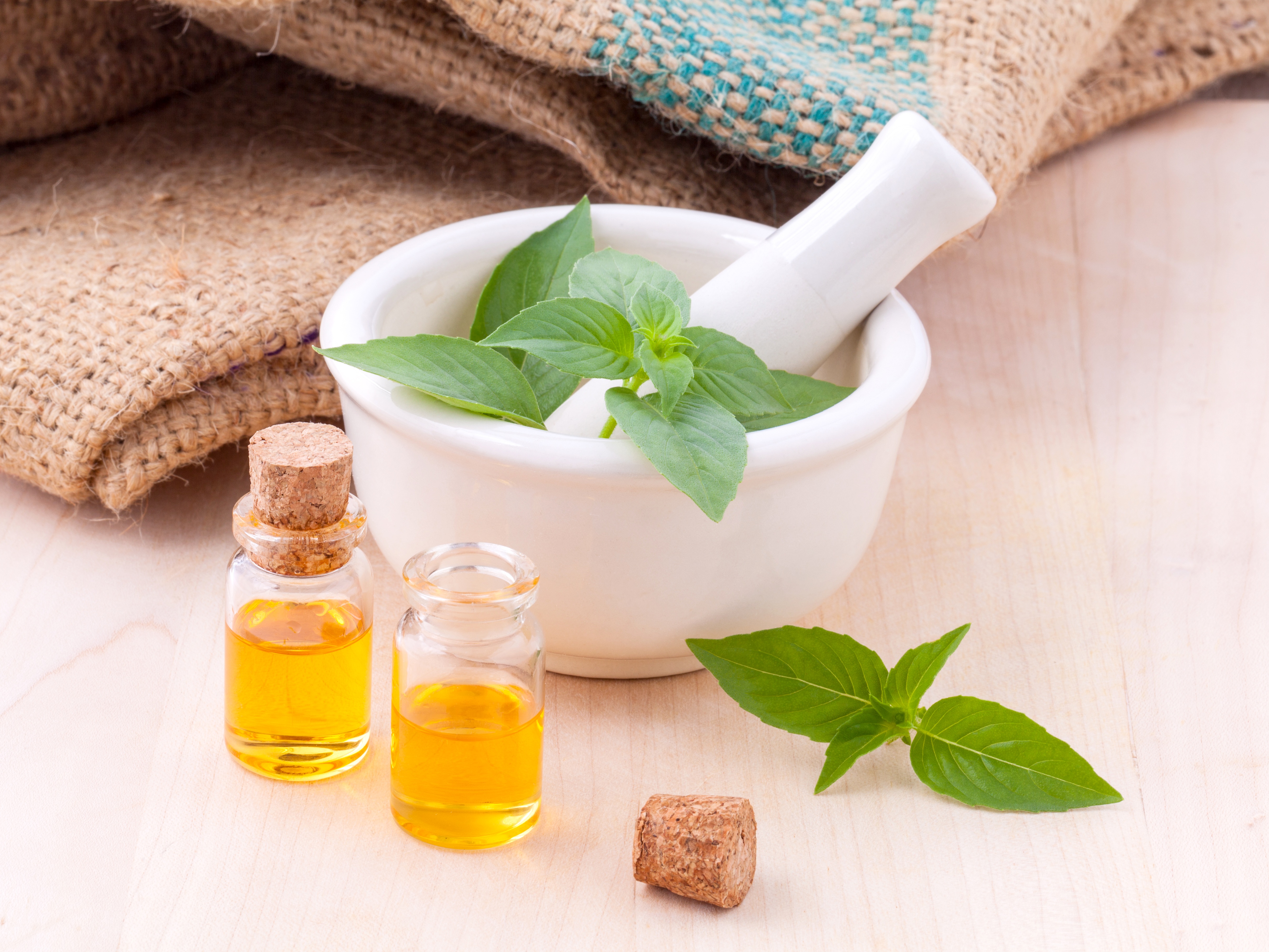
Are you one of those who grows herbs to enjoy that added freshness in your home-cooked cuisine? Basil, rosemary, thyme, and coriander are just some of the favourite herbs to grow amongst gardeners in Singapore.
There are however many other herbs that you can grow in your home, not just for culinary purposes, which will also help you with some common ailments and improve your overall health and wellness. I would always prefer and advocate for a natural remedy over popping pills and medicines.
Read on for my recommendations on the 3 healthy herbs that will grow well in your high-rise home in sunny Singapore’s climate.
Indian Borage
Also known as Mexican mint, this is easily one of the topmost Easy to Grow, Easy to Use and Easy to Find herbs that I have grown over the years. Keep a pot of Indian Borage handy in your home as a remedy when you suffer from these health issues:
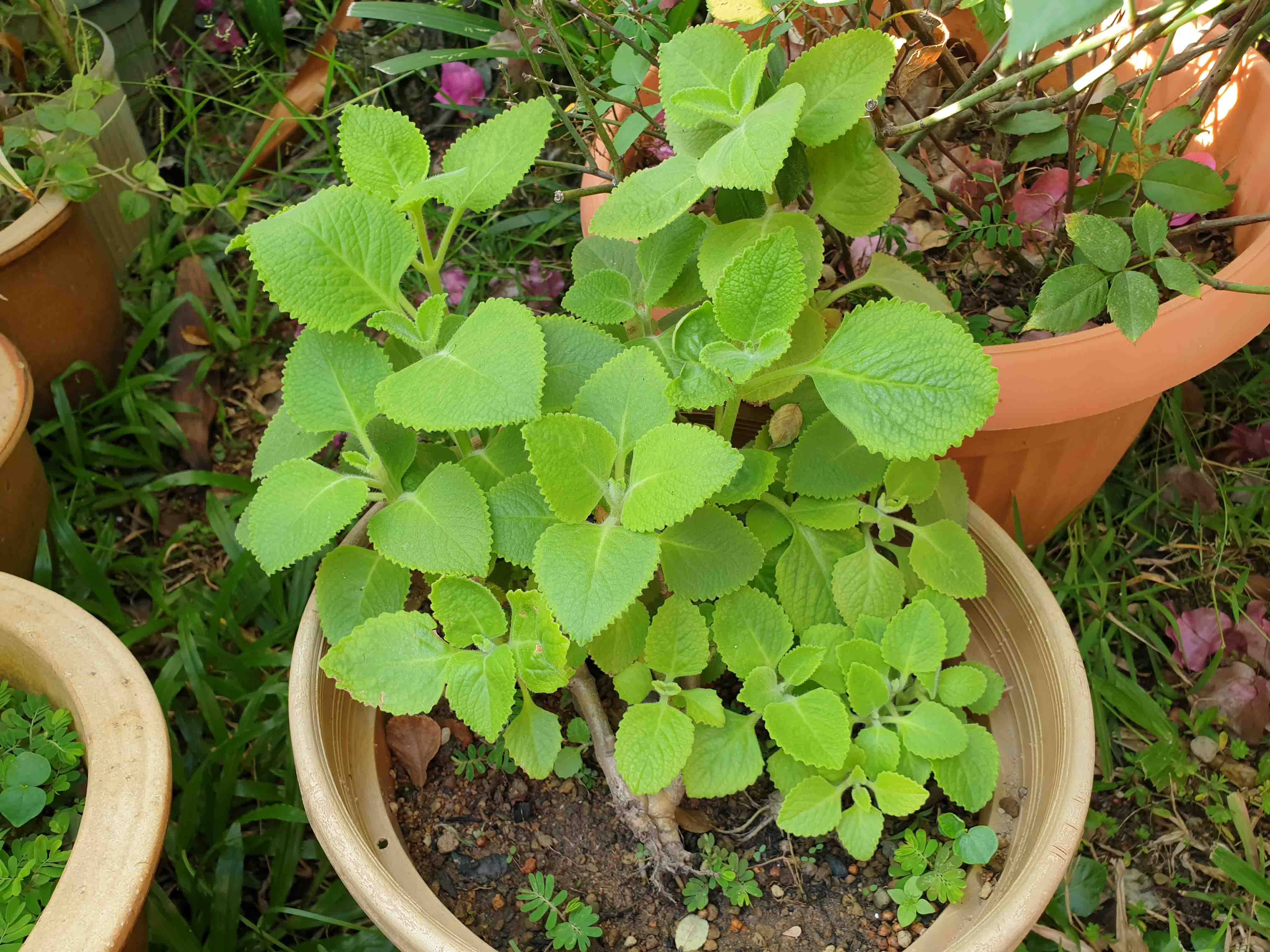
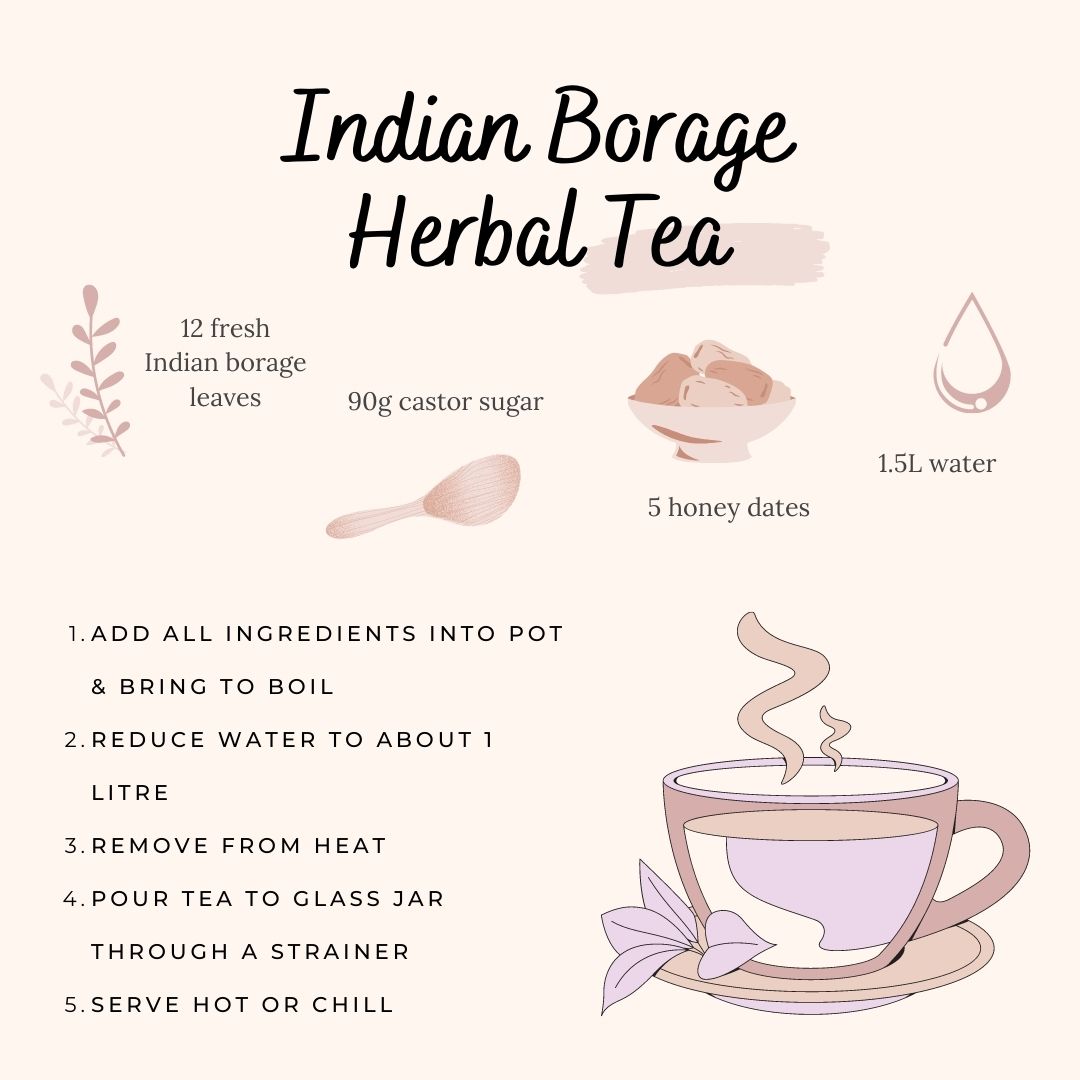
a) Cold, Sore Throat, Stuffy Nose, or Sinuses
Compounds in the herb act as a natural expectorant to remove mucus and phlegm and clear out sinuses. It can also help boost your immune system by preventing bacteria or other pathogens from lodging and developing in your respiratory tracts. You can choose to chew on the leaves or just brew a hot tea with it.
Read more about how practical and useful Indian Borage is to grow in Singapore here.
b) Insect Bites, Eczema, or Psoriasis
Indian Borage is most effectively used in treating skin conditions. Whether it is insect bites, eczema or psoriasis, this amazing herb possesses anti-inflammatory compounds that can quickly reduce redness and swelling, while also eliminating itchiness and irritation.
Just pluck few leaves, crush it and rub on the infected areas.
Aloe Vera
One can easily identify this spiky, green, succulent plant as Aloe Vera. It is not only a decorative plant but also practical in many ways.
Aloe Vera is especially good for planting by beginner gardeners as it is hardy and very tolerant with forgetful waterers. Keep it happy by planting it in a pot with well-drained, sandy potting soil in bright, sunny conditions. The use of a good-quality potting mix of sand, compost and rice husk is recommended, as they allow good drainage.
Personally, I have enjoyed great success in using sand as the main medium for organic gardening for many years now and would strongly recommend this to all gardeners. Curious to know why? Spend a few minutes to watch this video as Lyon explain the benefits.
Aloe Vera is a good home remedy for:
a) Mild Sunburn, Acne, Psoriasis
The leaves of Aloe Vera are succulent and the clear gel inside its thick, pointy leaves acts as a traditional sunburn soother, relieving redness and promotes healing for mild burns when applied topically. Applying aloe gel to the skin could also help reduce acne and redness caused by mild to moderate psoriasis.
To use it, you can snip off an aloe leaf (as close to the stem as possible) and rub the juicy end on the sunburn or sore spot.
b) Weight Loss
Apart from skincare, Aloe Vera can improve the effectiveness of your diet and maximise your weight loss potential. It contains essential vitamins and minerals that helps with weight loss. The amino acids, enzymes and sterols in Aloe Vera also improves the body’s absorption and utilisation, improving overall health as well.
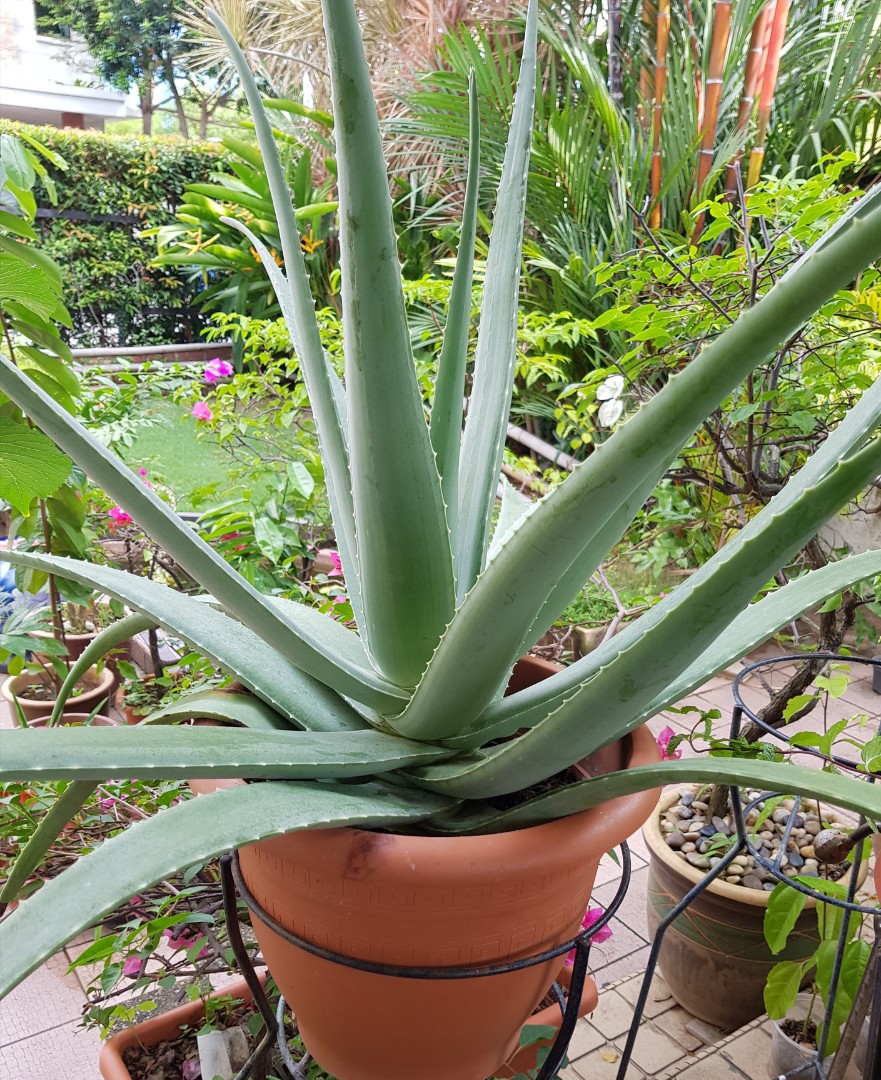
Aloe Plant Turning Brown? We recommend you take a look at this comprehensive post on the possible reasons and some fixes that you can apply easily.

Here is a good article on How to Use Aloe Vera Plant that you might be interested to read further.
There are countless studies that prove how effective Aloe Vera is for weight loss, but it takes time to work and must be consumed regularly over a period.
You can consume Aloe Vera in a juice form easily by dicing the gel into small pieces and blend it with some fruit or vegetable juice that is preferably sweet. According to your preference, mix it up with honey or lemon and drink up for better health.
Use a same sharp knife to “filet” the leaf, cutting off the green/yellow layers on top and simply scoop out the gel with a spoon. Remember the part you want is the clear gel inside the leaf leaving behind the lower layer of gel, closest to the rind which is a narrow band of yellow tissue that gives off a toxic, bitter sap due to the presence of aloin.
Stevia
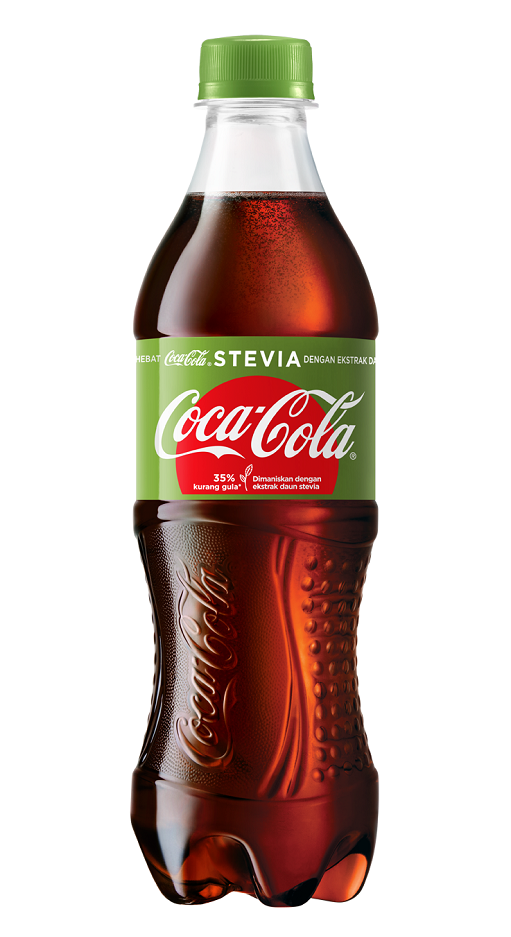
For many who does not know what Stevia is, go look at the soft drinks section of the supermarkets and you probably find this.
Stevia is in fact a green leafy herbal plant and often used as a safe and healthy sugar substitute that can sweeten up foods minus the negative health effects linked to refined sugar. It is also linked to many impressive health benefits, such as reduced calorie intake, blood sugar levels, and cavities.
Also known as “sweet leaf” or “sweet herb”, you can easily buy them online or from nurseries in Singapore. Alternatively, you can try to grow them from seeds as well. Sow the seeds three inches apart, and about a half-inch deep. Water the area gently to help the soil settle, keeping the soil moist as the seeds germinate. If you plan to transplant the seedlings, you will need to thin them when they reach about two inches tall. Keep only two to three plants per large pot to give them more room to grow.
It is well-known that Stevia can help with diabetes, but do you know that it can also help:
a) Regulate Blood Pressure
Certain glycosides in Stevia extract have been found to dilate blood vessels which also increase urine output and eliminate sodium from the body which can help support healthy blood pressure levels. In turn, less stress is put on the cardiovascular system and there can be a drop in blood pressure, which protects heart health and prevents certain conditions such as heart attacks and strokes.
b) Lower Cholesterol Levels
Many studies have found that Stevia leaf extract could improve cholesterol levels to help keep your heart healthy and strong. The consumption of Stevia can lead to a significant reduction in bad LDL cholesterol and triglyceride levels and an increase in the HDL cholesterol levels, which is healthy cholesterol and essential for good lipid profile.
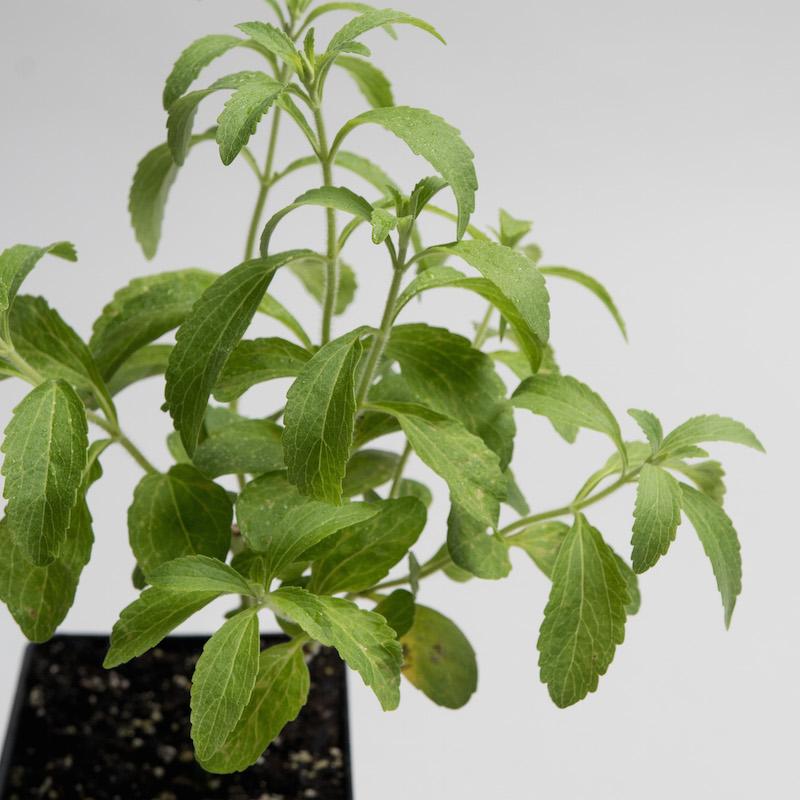
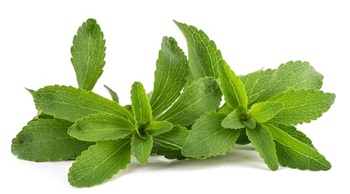
Use fresh Stevia leaves as a sweetener in your drinks, such as tea, lemonade, or even in sauces for cooking or make a simple refreshing herbal tea by just steeping a few fresh Stevia and mint leaves in a cup of boiling water.
To DIY your own dried Stevia to make a powdered sweetener:
-
Bundle and hang fresh Stevia plant stems upside down in a warm, dry location until the leaves are thoroughly dry, then strip the leaves from the stems.
-
Fill a blender, food processor or coffee grinder with dry leaves to half full and process at high speed for a few seconds. Store the powdered sweetener in an airtight container.
Use it in any recipes that call for a sweetener but remember to adjust the amount used due to its dense sweetness.
I hope with this introduction, you have discovered some new herbs that you can grow easily in your Singapore home and use them to improve your health and wellness as well. Join us on our public Facebook Group Organic Gardening & Health Singapore (G.W.P) if you have yet to do so and start sharing your gardening journey and experiences with me and our community of avid gardeners.
Disclaimer: Consult your doctor before use if you have, or have had, any health condition or if you are taking any medications or remedies including OTC medications, or are planning any medical procedure. This is not a substitute for medical advice, diagnosis or treatment by a qualified doctor or other healthcare professional. You should ALWAYS check with your doctor if you have any concerns about your condition or treatment.
Share this Post

